| Vintage Pulp | Apr 18 2024 |

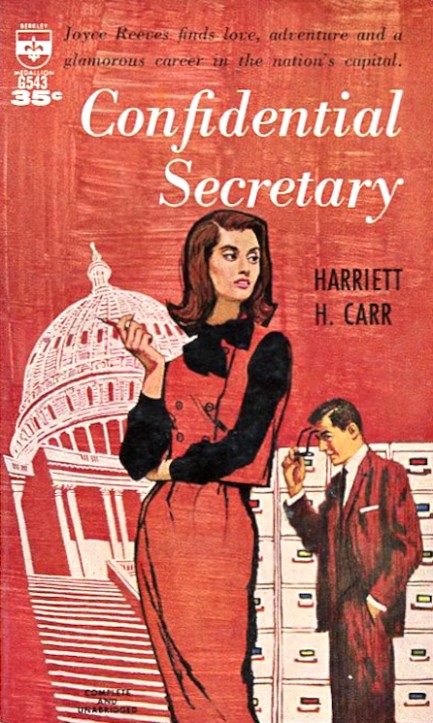
It's election season in the U.S., so above we have a cover for Harriett H. Carr's Confidential Secretary, originally published in 1958, with this Berkley paperback arriving in 1961. It's about a woman who takes a job in a Washington, D.C. corporation and is drawn into congressional intrigue, over the course of which she finds true love. This isn't one we'd read, but it does fit into our cover collection featuring the U.S. Capitol building—soon to be belching smoke and flames, the way things are going over there. The art is uncredited.
| Vintage Pulp | Mar 7 2024 |

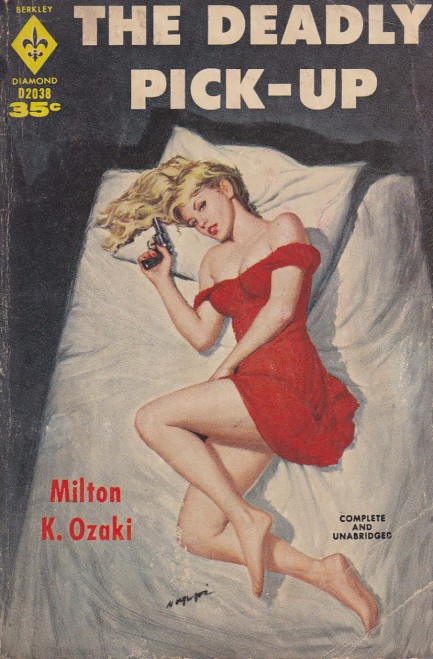
Above: an alternate cover for Milton K. Ozaki's 1952 thriller The Deadly Pick-Up. We use “thriller” loosely, because it wasn't a very involving book. But both covers are excellent. This one is by Rudy Nappi. You can see the other, by an uncredited artist, here.
| Vintage Pulp | Nov 16 2023 |

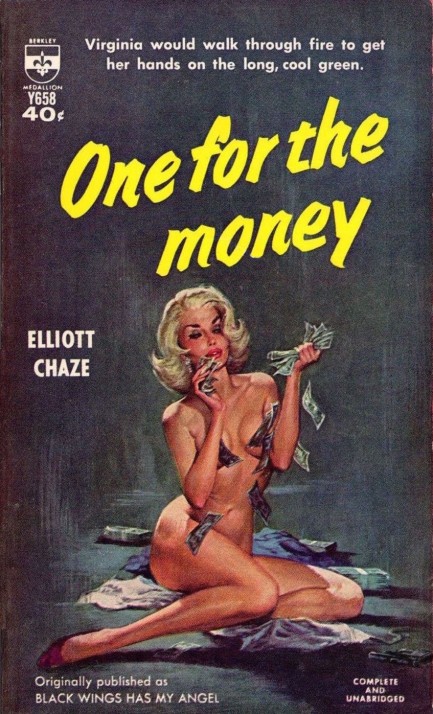
Above: a 1962 edition from Berkley Books of One for the Money by Elliott Chaze, originally published as Black Wings Has My Angel in 1953. This was a good book, as we noted here.
| Vintage Pulp | Sep 27 2023 |

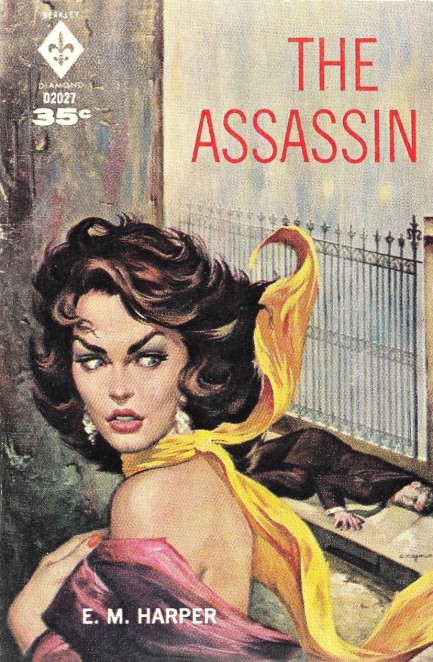
| Vintage Pulp | Jun 17 2023 |

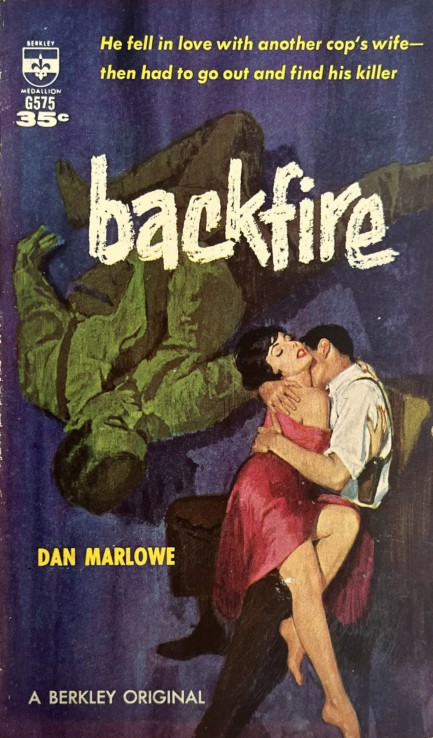
Eager to read another novel by Dan J. Marlowe after enjoying Death Deep Down, we selected 1961's Backfire, for which you see an uncredited cover above. This time Marlowe is in police mode, with the tale of cop named Marty Donovan whose bad practices end with his partner shot dead. In order to save his job he re-stages the crime elsewhere, but he's immediately assigned by his superiors to solve the murder. That puts him in the no-win position of searching for a killer who is—of course—the only witness to the fact that the shooting happened somewhere different than everyone thinks. You know what that means. The only way Marty can carry off his scam is to kill the killer. That's a bad spot to be in, but there's an additional complication to this tangled mess—Marty was secretly sleeping with his partner's wife Lenore. A sticky wicket indeed.
| Vintage Pulp | Dec 23 2022 |

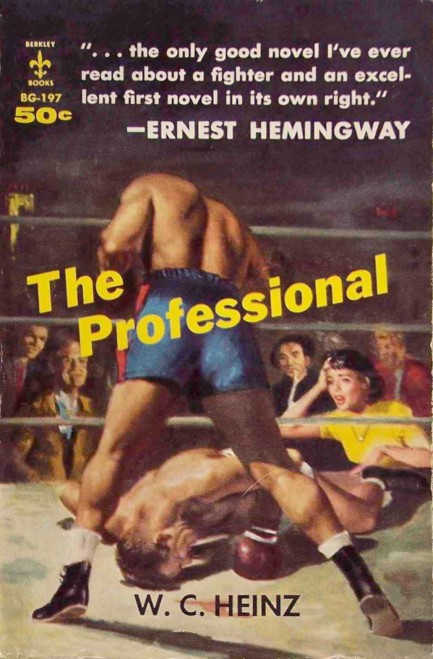
| Vintage Pulp | Dec 2 2022 |

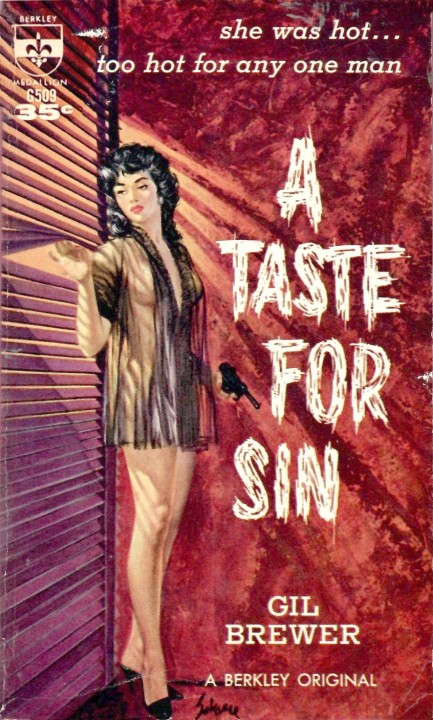
We've discussed a few Gil Brewer books without talking much about the man himself. Eventual author of thirty-three novels under his own name and a dozen more under pseudonyms, he started as a literary writer but after selling Satan Is a Woman to Gold Medal Books in 1950 decided that genre fiction was a faster and easier way to earn money. It was also after Satan Is a Woman that drinking began to take a heavy toll on him, to the point of hospitalizations, a near-fatal auto accident, and eventual death. 1961's A Taste for Sin was written during his heavy consumption period, and it's spotty, to say the least, a messily written book, but so crazy it's impossible not to read in a state of wonder.
The story deals with Jim Phalen, a small time crook, an an unlucky one. He meets Felice Anderson, seventeen years old, married at fifteen, recklessly unfaithful from the day she took her vows, and so purely nuts that for sexual thrills she demands to be raped. Explorations of women's alleged rape fantasies were common back then, and at first we thought A Taste for Sin was just another, but Phalen assaults her enthusiastically more than once, making clear that he's had fantasies about this too. Thus, as a shortcut to getting to the essential core of his personality, it's an interesting choice by Brewer. It's clear that Phalen is a throughly bad guy, one who never had much of a chance in life. He won't get much of a chance in this novel either, and doesn't deserve one.
Felice's husband works at a bank and she comes up with a plot to rob it for a million dollars. The only way to succeed is to commit murder. Phalen is horrified at first, but those bedroom games short-circuit his thinking and pretty soon he thinks he sees a way it might work. There are dozens of obstacles, including the police dogging his heels about a robbery he committed early in the story, but it's Felice's wild nature that threatens to become insurmountable. In trying to reflect the confusion in Phalen's mind about her, the pressure he feels from all quarters, and the hasty logistics of the heist, Brewer's narrative becomes like a rock skipping across a pond, hitting and bouncing onward, hitting again, bouncing onward. Phalen even flies to Lucerne, Switzerland, and Brewer expends only a few pages on the entire trip.
We don't feel as if his writing is top notch through any of this, and in our view the narrative is especially loose during its latter third. The story is also rushed during that section—though we do understand that its acceleration may be intended to reflect the lead character's barely maintained control. It just didn't work properly. But we'll give the story credit for its unflinching nature. Did Brewer build it around an underaged femme fatale so nuts as to be unbelievable because he was ambitious, or did she end up on the page due to a booze-fueled lapse in judgment? We'll never know, but Felice, and whether you buy her characterization, is the key to whether you'll like the book. She's a rare creature in the annals of mid-century crime fiction.
| Vintage Pulp | Aug 21 2022 |

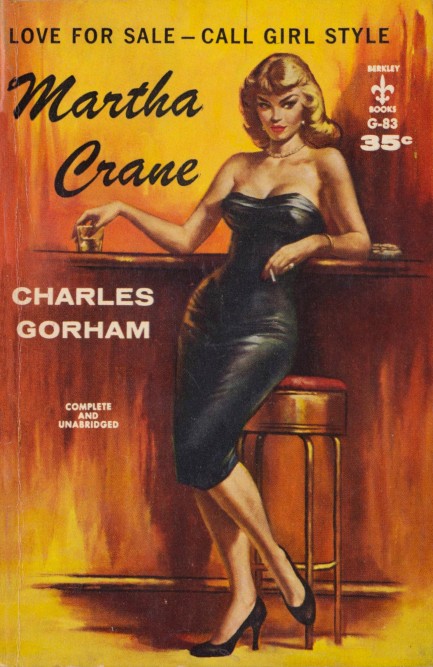
Above: a pretty cool Charles Copeland cover for Martha Crane by Charles Gorham, originally 1953, with this Berkley Books edition copyright 1957. This could have fit into our cocktail tease collection, but as with Les affriolantes, which we talked about recently, we thought this needed its own spotlight because of how unusual the art is. As for the story, it's a look at the hard life of the titular Martha Crane, who deals with unwed motherhood, a descent into prostitution, a sociopathic pimp, and murder. It's a book meant to shock. We have a lot of Copeland art in the site, but for a quick glimpse at just a couple of pieces, check here and here.
| Vintage Pulp | Jun 17 2022 |

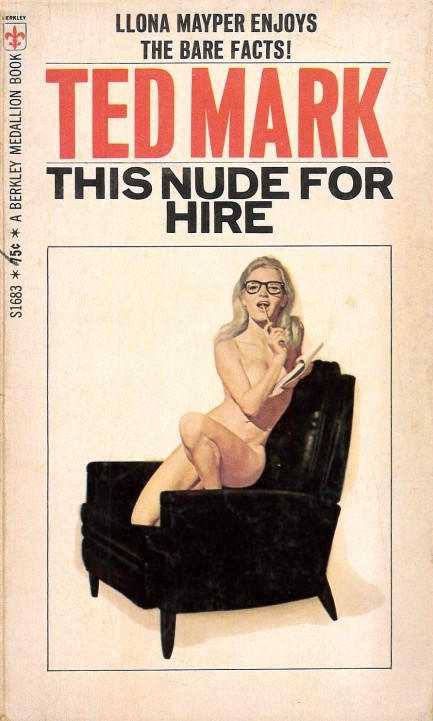
Yes, that's right, we've done it again. After going through the longform cockteasing that is Ted Mark's sex(less) romp The Nude Who Never, we're back with the second non-entry in the Llona Mayper series This Nude for Hire. What can we say? We acquired them together, so we had to read both, right? Like the earlier book, this one has Stanley Borack cover art, and also like the first book, the story is derptacular from start to finish. Mark's franchise nymph Llona is now unhappily married, and accepts a job as a receptionist at a Playboy-like magazine, only to find that she's supposed to do the job naked. Her co-workers create an office pool to see who can lay her first, but each attempt at seduction fails in silly, slapsticky ways—for example she accidentally snatches off her boss's toupée. It continues in this mode, a Buster Keaton serial with blue balls, with all potential cummers failing (though one guy gets a blowjob before his mom interrupts). Mark takes this tale all kinds of idiotic places, and as with the earlier book, you just have to give in. It's not legitimately erotic, but it's funny in a few parts. Overall we think it's better than This Nude for Hire—but that's not an endorsement. Repeat: not an endorsement.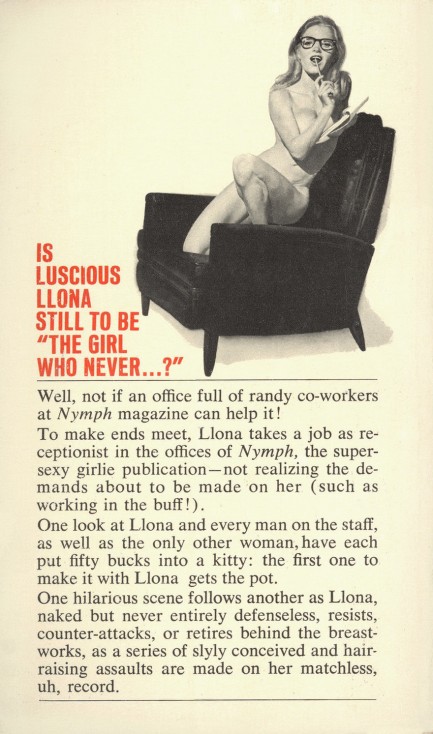
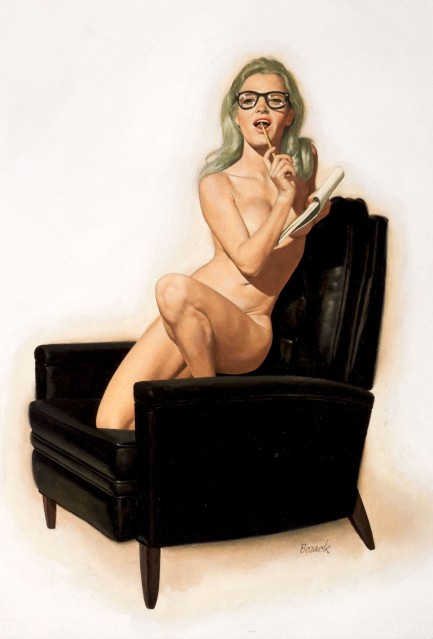
| Vintage Pulp | Jan 19 2022 |

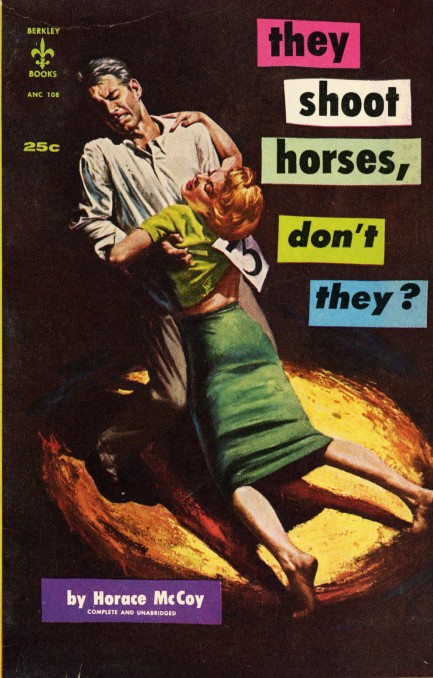
Some reviewers say the book is a metaphor for life rather than capitalism. Well, that too, but what makes it an obvious capitalism critique are the celebrity guests intermittently paraded before the dancers. They show that wealth is real, function as suggestions to the dancers that the obstacle is not the rules for victory, but the will to succeed, though the odds are staggeringly, cruelly against them. Oh yes, it's a metaphor for capitalism, alright. The American Dream—generally defined as a decent salary, home ownership, sufficient family and leisure time, and retirement—increasingly really is just a dream. This fact makes mid-century capitalism critiques prescient by definition, but They Shoot Horses, Don't They? is more on target than most. And purely as a piece of fiction it's a total winner.





































































